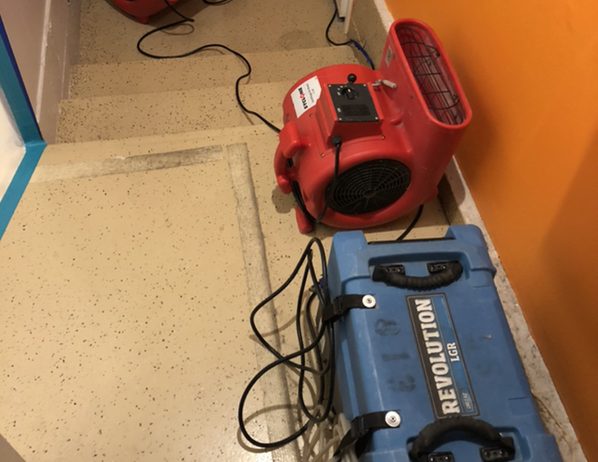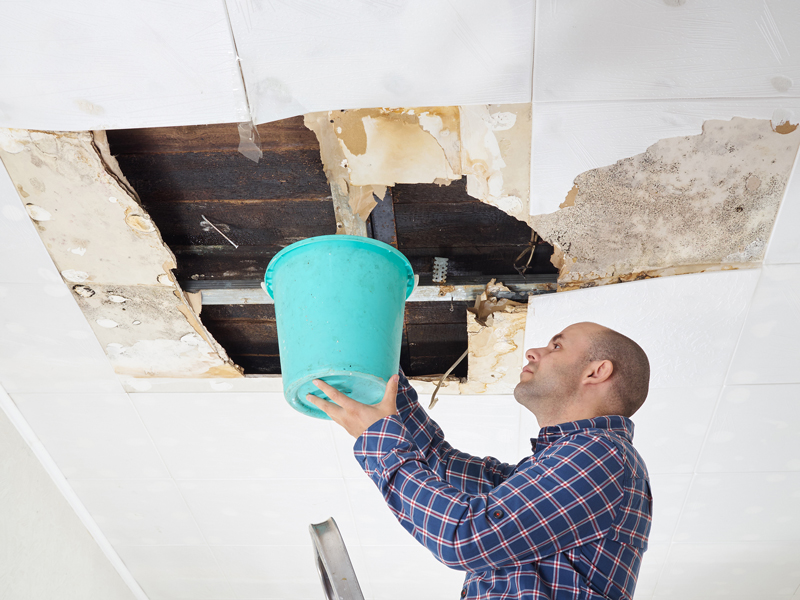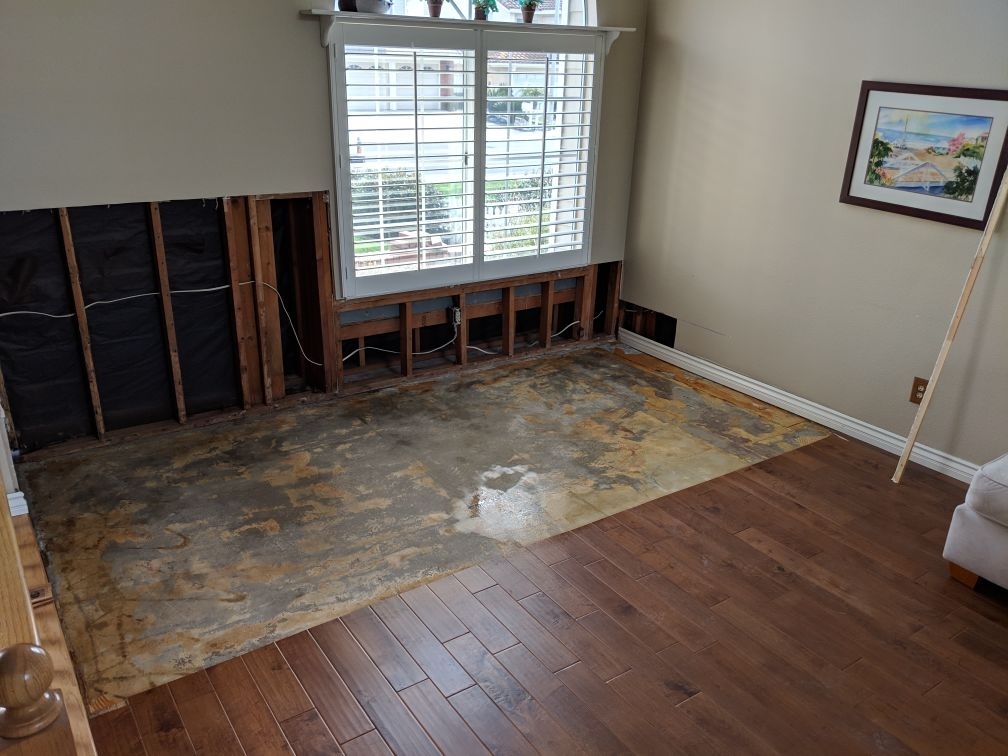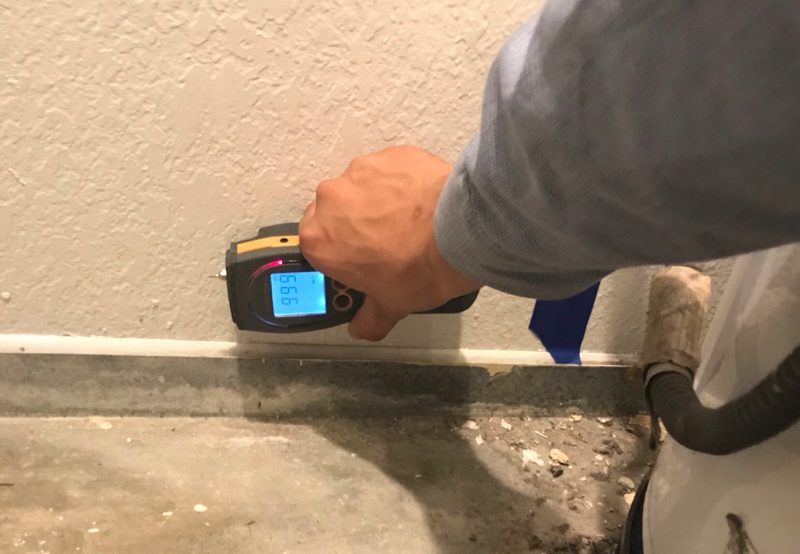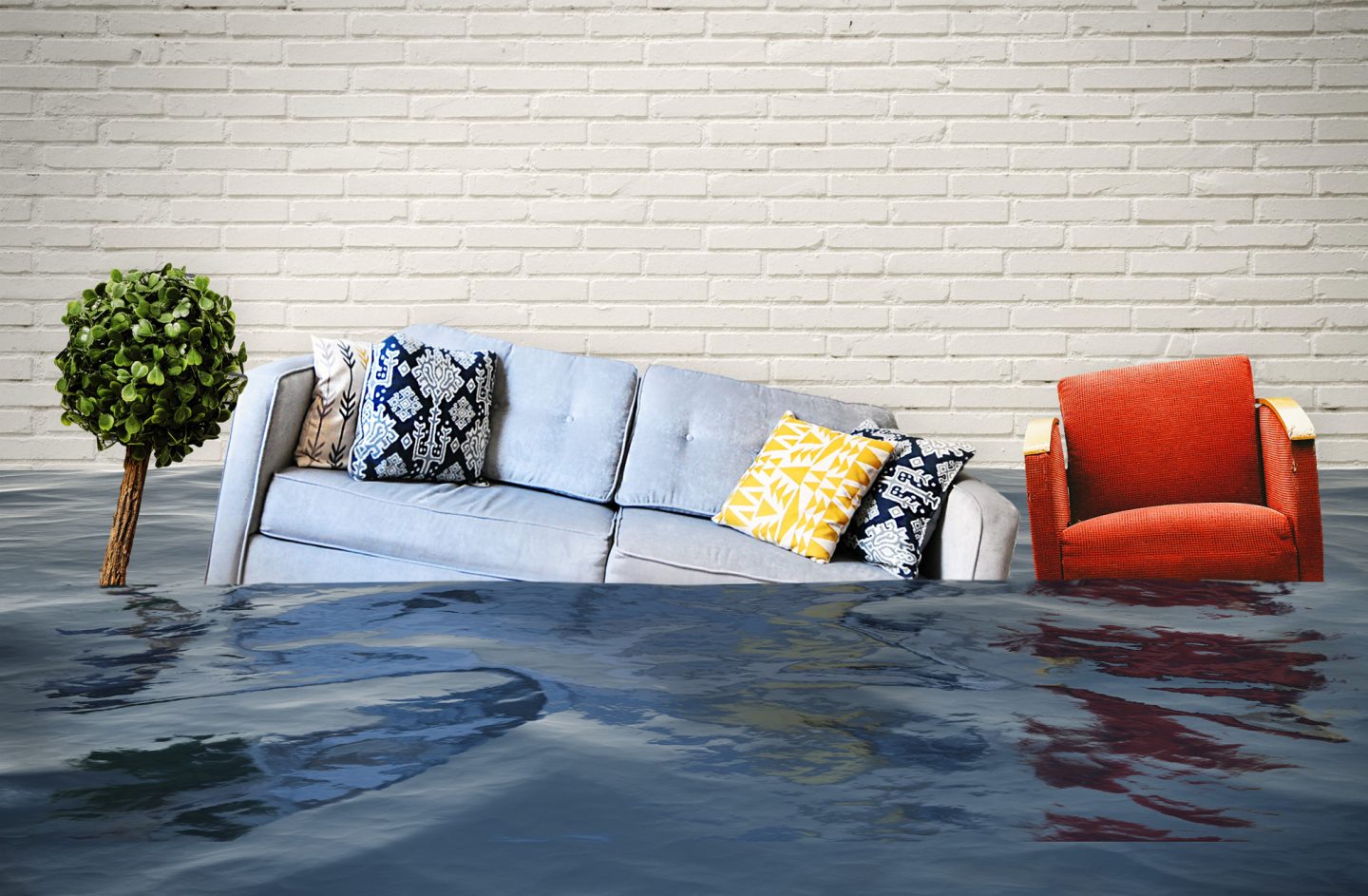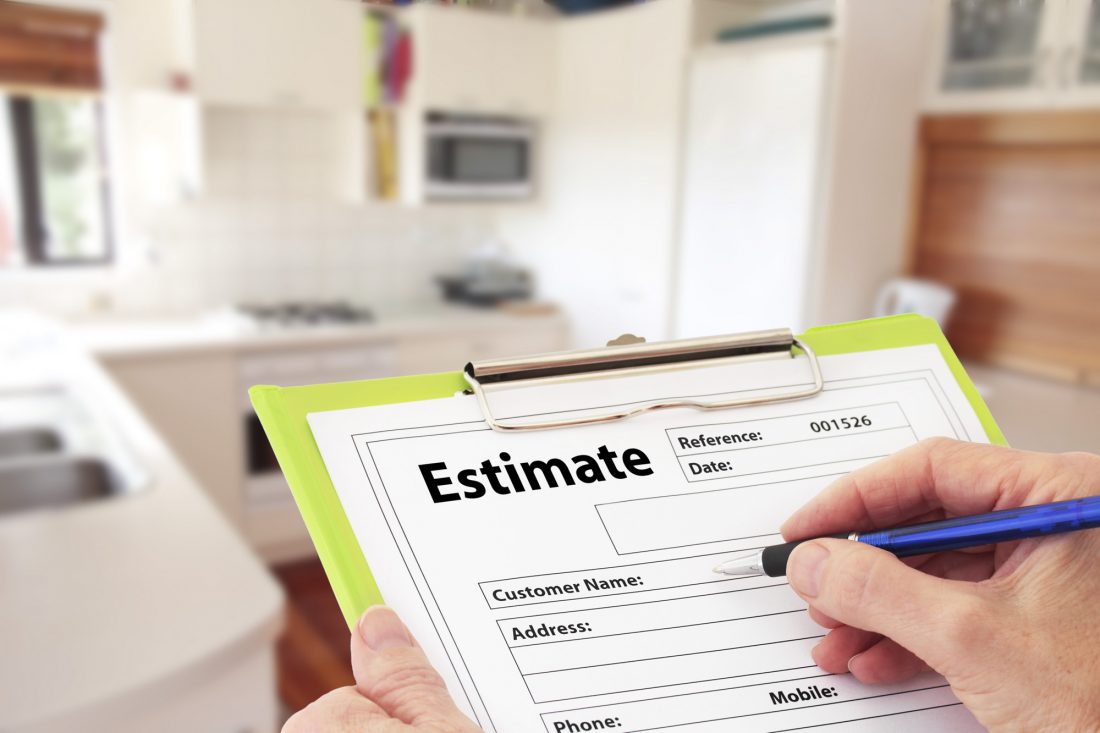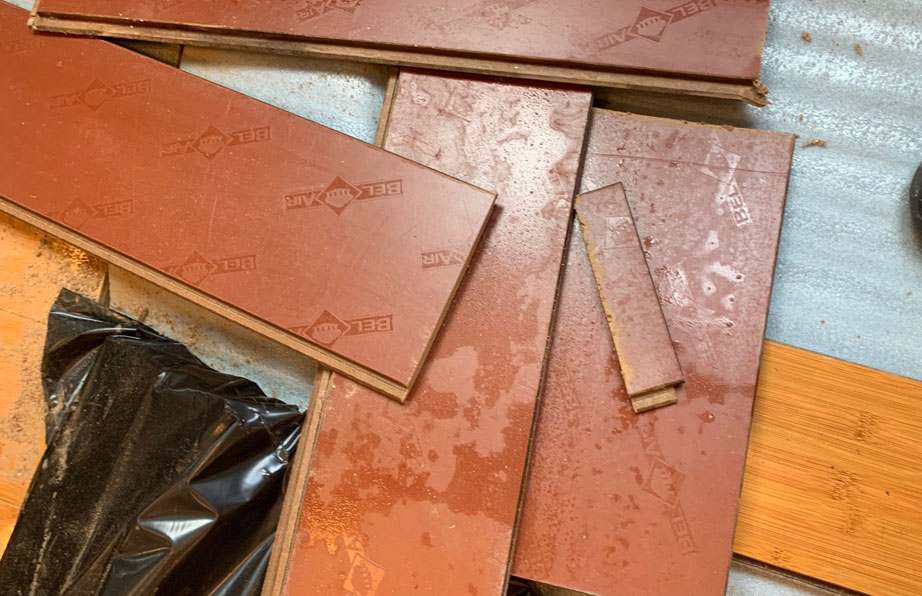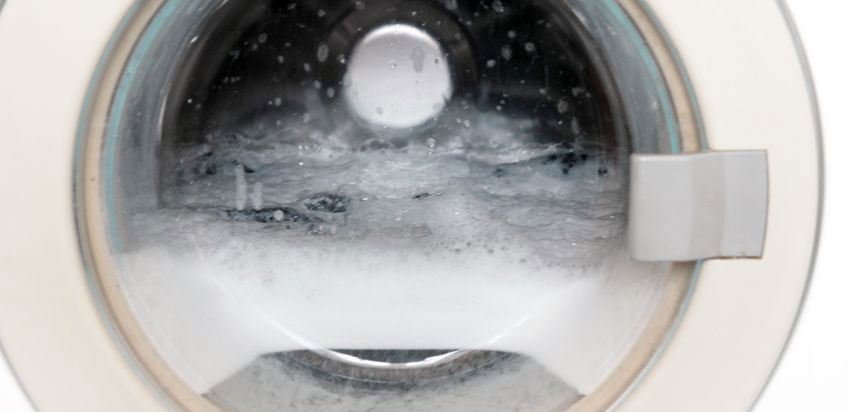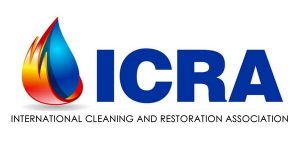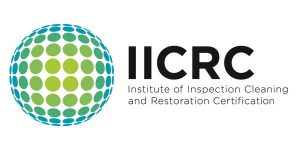It may be a bit surprising, but water has the potential to damage almost everything it touches in a home or business — carpet, wood, drywall, […]
Leaking Roof Water Damage
We’ve talked about water damage from plumbing and floods before. But roof leaks are another major cause. It starts in the attic and can progress […]
Hardwood Floors: 5 Types of Water Damage
Just as the source of water can range from a spill at the dining room table to inundation by floodwaters, water damage to hardwood floors […]
That Water Damage: Old Or New?
You’ve seen some signs of water damage. But is it from something new that needs immediate attention to prevent further damage? Or is it something old […]
Water Damage From Air Conditioning?
You may be surprised to hear that your air conditioning is a possible cause of water damage. But if you’ve ever seen a window A/C dripping […]
5 Steps to Rescue Water Damaged Carpet
Knee-deep flooding is clearly a major problem. But just a fraction of an inch of water can destroy carpet, and the larger the area affected […]
Does Water Permanently Ruin Electronics?
You know that water and electronics don’t go together. But exactly what happens when you drop your phone into the pool… or worse? What about […]
Water Damage and Insurance
Wondering if water damage is covered by insurance? Yes, it’s part of most homeowners’ policies, but with some important exceptions. First, quite reasonably, insurance, in […]
Hardwood Floors: Water Damage Rescue
Hardwood floors are a premium part of any beautiful home. Unfortunately, anything more than a small spill can lead to damage ranging from staining to […]
Water Damage from Plumbing and Appliances
Water damage can take the form of an obvious disaster or hidden slowly progressing destruction. Regardless, aggressive drying to remove deeply-trapped moisture can keep mold, […]

